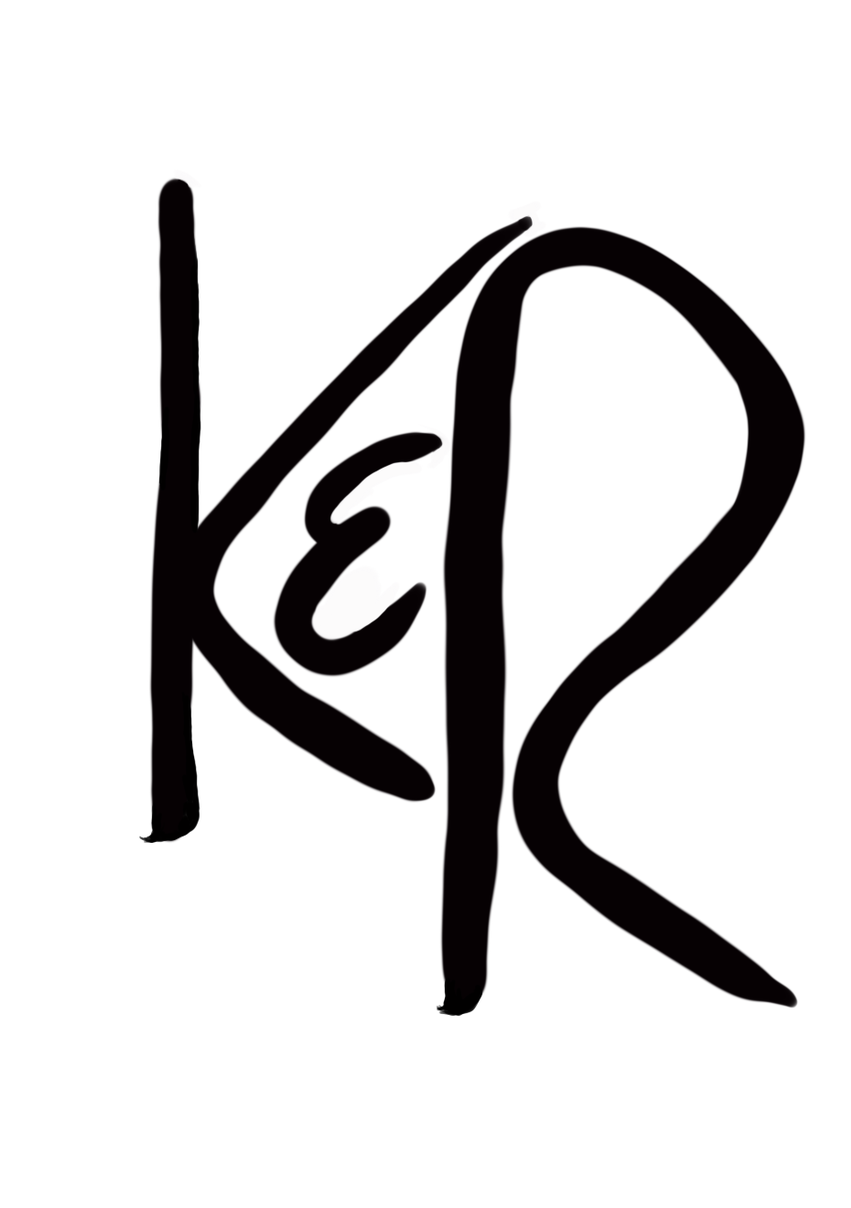SONG COLLABORATIVE group 1 (2019)
BEGINNING THE PROCESS OF SINGING TO THE LORD A NEW SONG!
If you are a member of this page, then you have access to add, edit and create in this space. Add a recording. Write new lyrics. Suggest editorial changes to someone else’s work. We only require respect and a yes/and attitude, rather than a critical spirit. Have at it! Once a song is finished, it is owned by all of the members, so limited sub-groups may be required, according to our gifting.
STARTING A SONG:
There are many ways to start a song. Some keys are listed here. If you are in a rut, try a different entry point:
TITLE: Start here by writing it down in the center of a piece of paper and brainstorm around it.
A cliche or famous quote (to which you give a new layer of meaning). (“A Minute of Your Time”)
An intriguing phrase. (“Were it not for what we’re worth”)
A Scripture passage. (“For God so loved the world”)
LYRICS: Begin with lyrics and add music to it after the sense of rhyme and meter is already established.
Start with a story you want to tell and figure out the plot for how to get there. (Thomas sees the risen Christ and cries out, “My Lord and my God!”)
Describe what you want to say, don’t just say it. Use the senses (what do you see, hear, feel, smell, taste?)
Begin with the setting. Then introduce the characters. Then unfold the plot. Provide a twist near the end, and a surprise at the end (the payoff)
MELODY: You can sing a tune until it is catchy and works for you. Then build the rest of the song around your tune.
Start with a tune that you already know and modify it. (“I Could Sing of Your Love Forever”)
Determine the contour and balance the gestures. Reserve the leap to serve as your identifier, and place it 62% of the way through. (Brahms’ lullaby)
Choose a pattern for the verse, and make the chorus one inversion higher and the bridge with the highest point of all. (“Great Are You Lord”)
RHYTHM: Sometimes you can begin with the groove itself and know the unique feel that your song will take.
Choose a tempo and time meter.
Use an electronic “drummer” to create something from which to start.
Focus on the bass line, especially on the rhythm of the bass. See what melody goes with it.
HARMONY: It is not unusual to come upon a chord loop that feels like what you want to convey. Add the other elements afterwards.
Try just a 3 or 4 chord loop that has the potential to go throughout the song.
Be sure to include inversions and/or “wrong” bass notes in at least one of the chords.
Consider adding a pitch or unique chord in the bridge, to introduce a new element two-thirds of the way through.
PAYOFF: If you know where your story is going, reserve this little stinger as a surprise twist at the end of the song.
Add foreshadowing in the body of your song to help set up the surprise, so that it was there all along.
Perhaps it is a homonym or a word with double meaning, and now you deliver the alternative.
Don’t worry about hiding it so well that it is unpredictable. You can still find a way to add an extra emotion to the payoff.
SOUND: Let that sound that intrigues you become your launching point.
A unique chord voicing could get your started.
Perhaps you have found a new instrument or a new setting, and that sound wants to grow into a song.
Maybe you can find or build a multitrack loop upon which to build.
